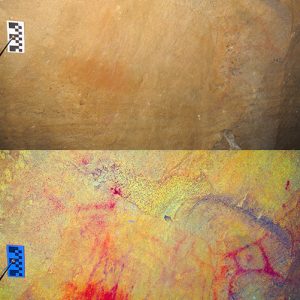 3CN20 Rock Painting
3CN20 Rock Painting
County: Conway
 3CN20 Rock Painting
3CN20 Rock Painting
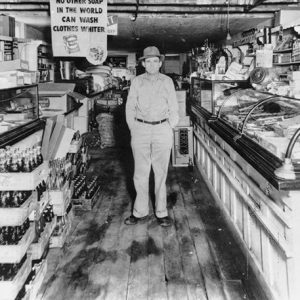 A. A. Sledge Grocery
A. A. Sledge Grocery
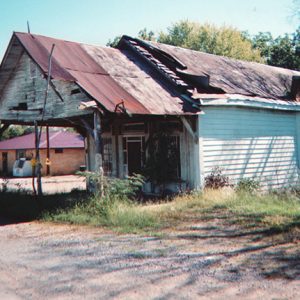 A. A. Sledge Grocery Building
A. A. Sledge Grocery Building
 Gordon Anderson Death
Gordon Anderson Death
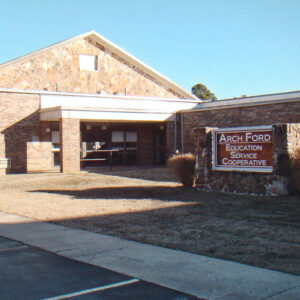 Arch Ford Education Co-op
Arch Ford Education Co-op
 Arkansas Climber
Arkansas Climber
Arkansas Sky Observatories
 Arkansas Sky Observatory
Arkansas Sky Observatory
 Arkansas Sky Observatory
Arkansas Sky Observatory
 Arthur Ormond Lock and Dam
Arthur Ormond Lock and Dam
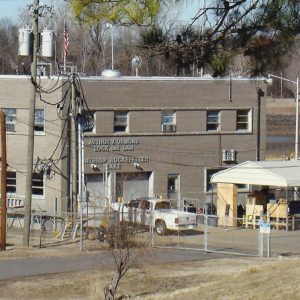 Arthur Ormond Lock and Dam
Arthur Ormond Lock and Dam
Black, Daniel
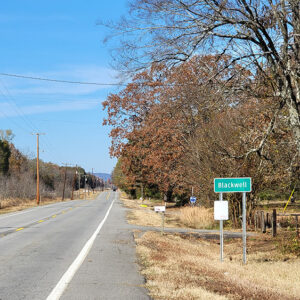 Entering Blackwell
Entering Blackwell
Blackwell (Conway County)
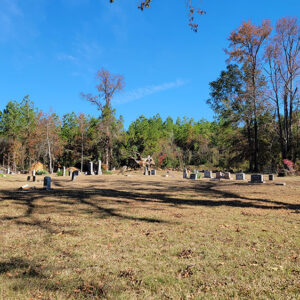 Blackwell Cemetery
Blackwell Cemetery
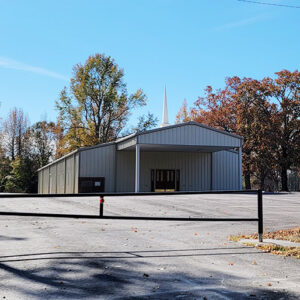 Blackwell Church
Blackwell Church
 Blackwell Church
Blackwell Church
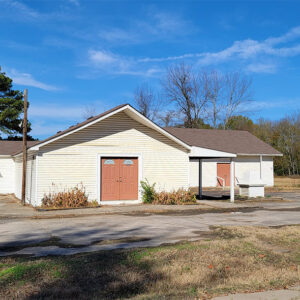 Blackwell Church
Blackwell Church
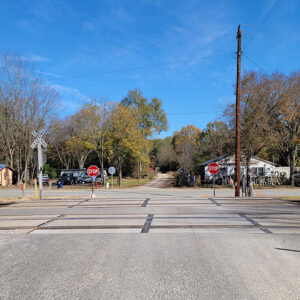 Blackwell Street Scene
Blackwell Street Scene
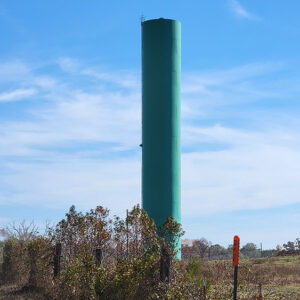 Blackwell Water Tower
Blackwell Water Tower
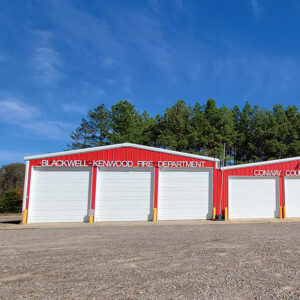 Blackwell-Kenwood Fire Department
Blackwell-Kenwood Fire Department
 Thomas E. Blagg
Thomas E. Blagg
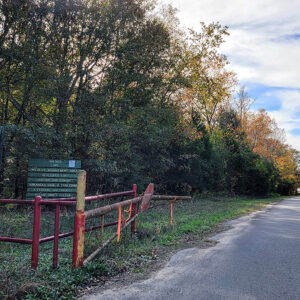 Brewer Lake
Brewer Lake
 Brewer Lake
Brewer Lake
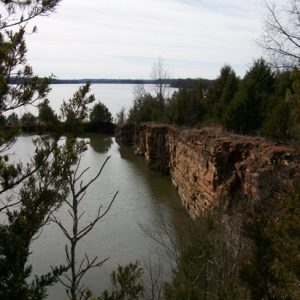 Brewer Lake
Brewer Lake
 Alex Brinkley Execution Article
Alex Brinkley Execution Article
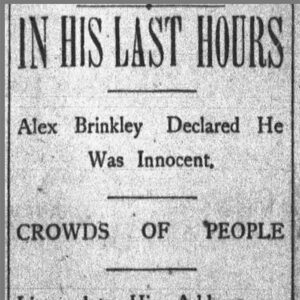 Alex Brinkley Execution Article
Alex Brinkley Execution Article
 Sarah Caldwell
Sarah Caldwell
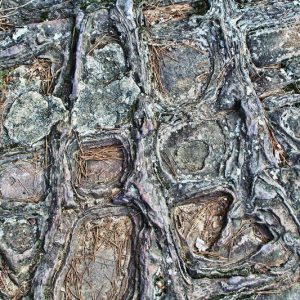 Carpet Rock
Carpet Rock
Catholic Point (Conway County)
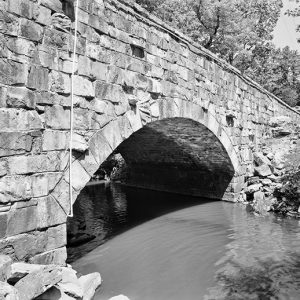 Cedar Creek Bridge
Cedar Creek Bridge
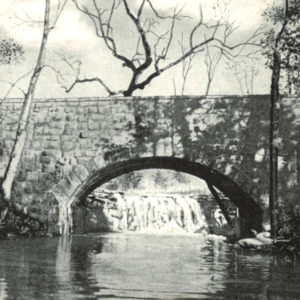 Cedar Creek Bridge
Cedar Creek Bridge
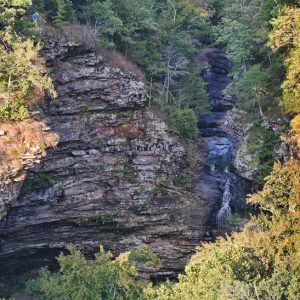 Cedar Falls
Cedar Falls
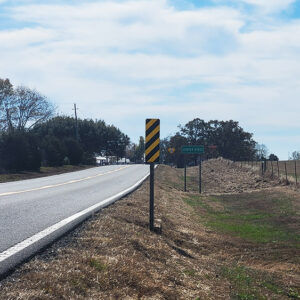 Entering Center Ridge
Entering Center Ridge
Center Ridge (Conway County)
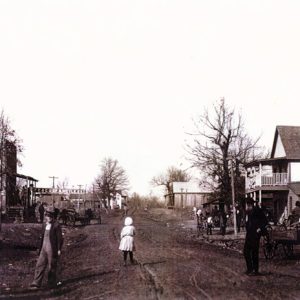 Center Ridge
Center Ridge
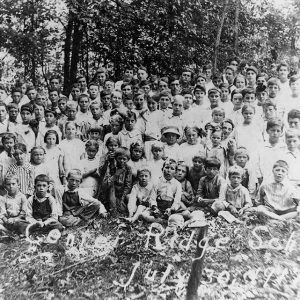 Center Ridge School
Center Ridge School
 Center Ridge Cemetery
Center Ridge Cemetery
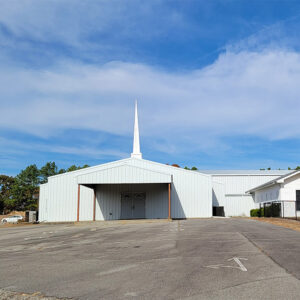 Center Ridge Church
Center Ridge Church
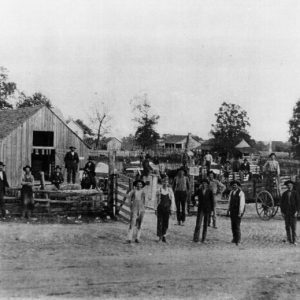 Center Ridge Cotton Gin
Center Ridge Cotton Gin
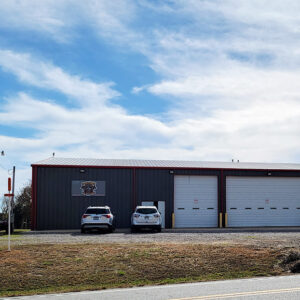 Center Ridge Fire Department
Center Ridge Fire Department
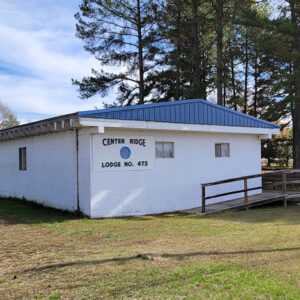 Center Ridge Masons
Center Ridge Masons
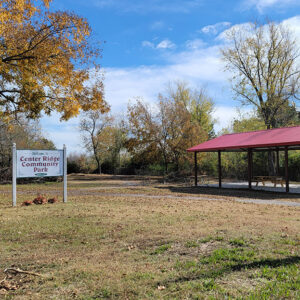 Center Ridge Park
Center Ridge Park
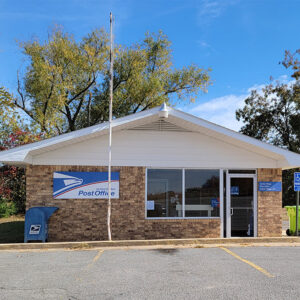 Center Ridge Post Office
Center Ridge Post Office
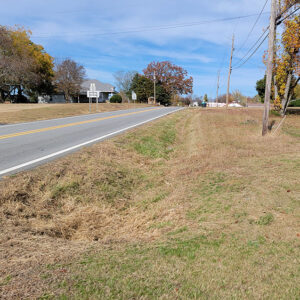 Center Ridge Street Scene
Center Ridge Street Scene
Cherokee [Steamboat]
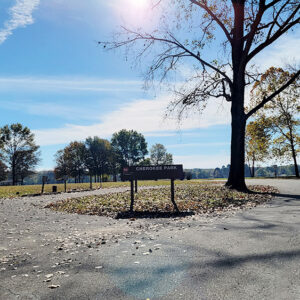 Cherokee Park
Cherokee Park
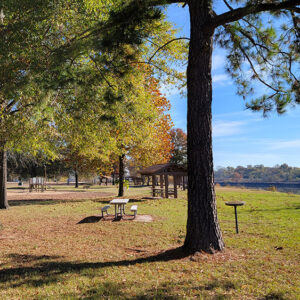 Cherokee Park
Cherokee Park
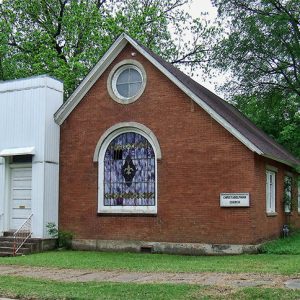 Christadelphian Church
Christadelphian Church
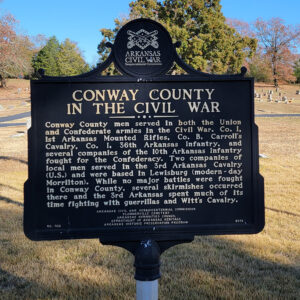 Civil War Marker
Civil War Marker




